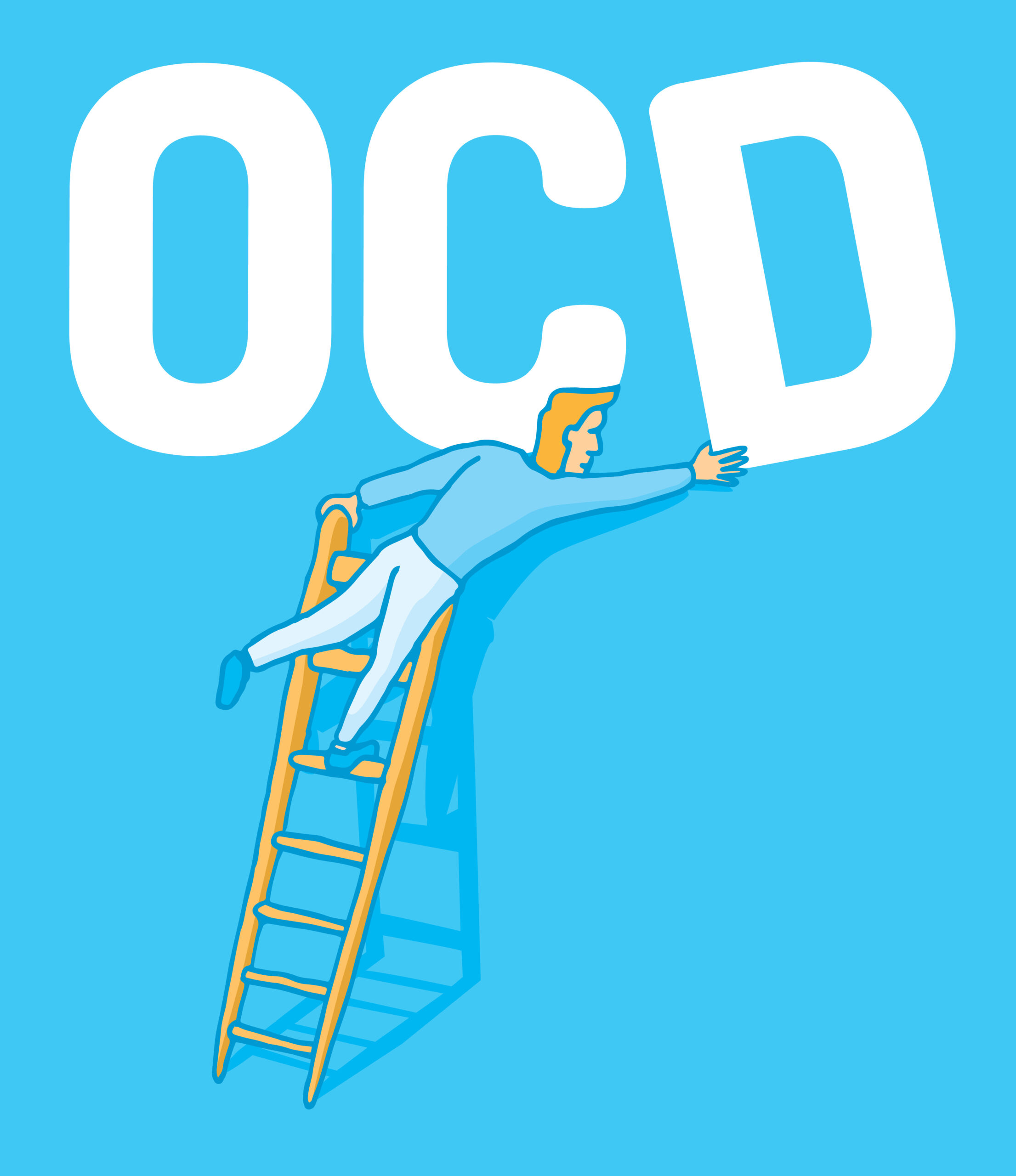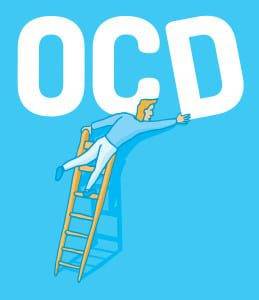Do you find yourself hand washing again and again? Do you repeatedly use sanitizer? Do strange and horrible thoughts get stuck in your head? Are you an over-organizer? Do you hoard objects? Although many of us engage in these behaviors from time to time, when these thoughts and behaviors begin to cause pain and hardship in our lives, they may point to a more serious problem: obsessive-compulsive disorder (OCD).
What is OCD? It’s a disorder characterized by thoughts (obsessions) and/or rituals (compulsions) that are significantly impairing and distressing. The obsessions are recurrent and intrusive thoughts that cause distress while the compulsions are repetitive behaviors or mental acts that reduce distress and anxiety.
Do I have OCD and if so do I need OCD treatment?
Although both the symptoms of OCD are as diverse as the individuals suffering from the disorder, many people with OCD fall into the following categories:
* those who clean and wash repeatedly to escape their fear of germs and contamination
* those who feel the need to repeatedly check various things such as door locks, making sure their ovens are turned off, and even their writing and homework
* those who need to do everything perfectly or feel that something terrible will occur
* those who fear they will harm their loved ones (children, relatives) for no reason
* those who need to organize everything until it feels “just right”
* those that compulsively hoard things they don’t need (newspapers, receipts, etc.)
How do I know if my symptoms require therapy? In general, if you spend more than one hour a day either thinking these obsessive thoughts or doing these compulsive rituals, you may require treatment.
OCD Therapy
The most effective form of OCD treatment is cognitive behavior therapy (CBT) with exposure and response prevention (ERP). This treatment involves the exposure to the anxiety producing situations or objects while preventing the individual from engaging in the triggered compulsions or rituals. ERP systematically habituates the individual to the feared situations, gradually reducing his or her anxiety. ERP significantly reduces OCD symptoms in about 90% of patients.
OCD treatment typically begins with a creation of a symptom hierarchy or rating scale of distressing or obsessive thoughts, objects or situations. This entails rating on a 0-10 scale all of the obsessive fears and avoided situations. The exposures then begin with the lowest-ranking obsessive fear or situation. Often just speaking or writing about the feared situation is the first exposure. “En vivo” or real-time physical exposures are most effective when the therapist first models the desired behavior (e.g. touching the unclean object along with the individual). Throughout the exposure the therapist is aware and diligent in the prevention of any ritualized behavior that may use to reduce anxiety. Generally, the anxiety level should be rated every five minutes. The exposure to the stimulus is typically continued until the distress is reduced by half which may take anywhere from 5 minutes to an hour. Finally, the exposures are continued several times outside of the therapy session.
OCD treatment in Boca Raton FL is available. Our clinical team at the Relationship Center of South Florida is highly trained in this type of OCD treatment. We have seen the tremendous positive changes that often accompany this type of therapy.








